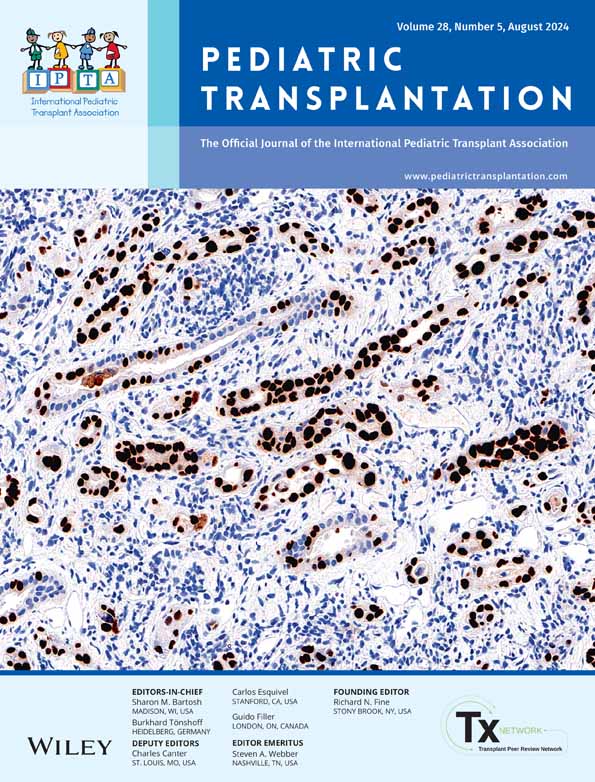Varicella-Zoster Virus Reactivation After Pediatric Allogeneic Hematopoietic Stem Cell Transplantation, Single-Center Experience of Acyclovir Prophylaxis
Funding: The authors received no specific funding for this work.
ABSTRACT
Background
Varicella-zoster virus (VZV) reactivation is the most common infectious complication in the late posthematopoietic stem cell transplantation (HSCT) period and is reported as 16%–41%. Acyclovir prophylaxis is recommended for at least 1 year after HSCT to prevent VZV infections. However, studies on the most appropriate prophylaxis are ongoing in pediatric patients.
Methods
Patients who underwent allogeneic HSCT between January 1, 1996 and January 1, 2020 were retrospectively analyzed to outline the characteristics of VZV reactivation after allogeneic HSCT in pediatric patients using 6 months acyclovir prophylaxis.
Results
There were 260 patients and 273 HSCTs. Median age was 10.43 (0.47–18.38), and 56% was male. Median follow-up was 2325 days (18–7579 days). VZV reactivation occurred in 21.2% (n = 58) at a median of 354 (55–3433) days post-HSCT. The peak incidence was 6–12 months post-HSCT (43.1%). Older age at HSCT, female gender, history of varicella infection, lack of varicella vaccination, low lymphocyte, CD4 count, and CD4/CD8 ratio at 9 and 12 months post-HSCT was found as a significant risk for herpes zoster (HZ) in univariate analysis, whereas history of varicella infection and low CD4/CD8 ratio at 12 months post-HSCT was an independent risk factor in multivariate analysis.
Conclusions
Tailoring acyclovir prophylaxis according to pre-HCT varicella history, posttransplant CD4 T lymphocyte counts and functions, and ongoing immunosuppression may help to reduce HZ-related morbidity and mortality.
Conflicts of Interest
The authors declare no conflicts of interest.
Open Research
Data Availability Statement
All data generated or analyzed during this study are included in this published article.




